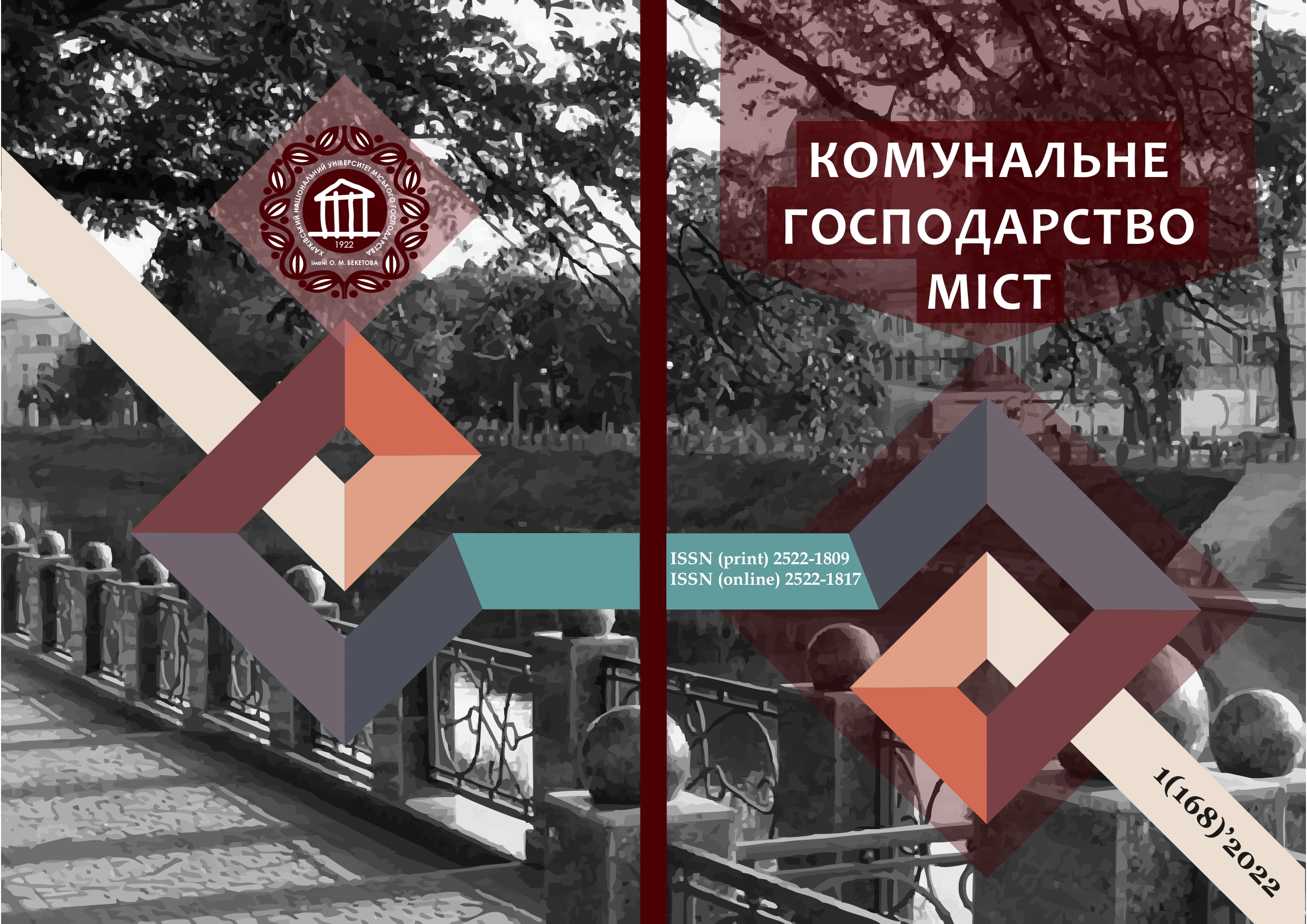DEVELOPING AN APPROACH TO DETERMINING THE PROBABILITIES OF INVOLVING OPERATIONAL AND RESCUE DEPARTMENTS TO ELIMINATE EMERGENCY EVENTS
Array
DOI:
https://doi.org/10.33042/2522-1809-2022-1-168-100-107Keywords:
probability assessment, reaction, rescue unit, random process, queuing.Abstract
The aim of the work is to develop an approach for assessing the probabilities of operational activities of civil protection units. The existing approaches to modeling operational activities do not fully meet the requirements for the accuracy of assessing the parameters of activities at a low intensity of emergency events. This fact is due to the limited data available for analysis.
The existing regulatory requirements for determining the quantitative composition of subdivisions, taking into account only the number of the population, leads to an unreasonable overestimation of quantitative indicators. It was found that there is a significant unevenness in the level of provision of units with basic equipment, the range of fluctuations for different numbers of the population exceeds 25%.
It was found that the approach to modeling the activities of operational units based on the queuing theory has a significant limitation due to insurmountable difficulties in assessing the parameters of activities with a relatively low intensity of the implementation of threats of various nature in the territory, namely, the impossibility of assessing the parameters of the flow of emergencies with the required accuracy.
The article considers the case when up to three emergency events may occur with the involvement of up to three subdivisions. This case is characterized by nineteen situation. As a result of the conducted research the calculated ratios which allow to estimate probabilities of finding of divisions of civil protection in the course of liquidation of emergency events are received.
The adequacy of the results obtained was verified by comparing the results obtained on the basis of the Markov model and considering the process of responding to emerging emergency events based on queuing. The relative error in the range of low intensity of emergencies does not exceed 2%.
The practical significance of the study lies in the possibility of determining quantitative indicators of operational civil protection units in conditions of low intensity of occurrence of emergency events with a higher level of adequacy.
References
2. Walker, W.E. (1975). Applying systems analysis to the fire service. New York, Fire Engineering. URL: http://www.rand.org/pubs/papers/P5456.html
3. Rennemo, S.J. (2014). A three-stage stochastic facility routing model for disaster response planning. Journal Transportation Research, Part E, 62, 116–135. DOI: https://doi.org/10.1016/j.tre.2013.12.006
4. Gutjahr, W.J., Nolz, P.C. (2015). Multicriteria optimization in humanitarian aid. European Journal of Operational Research, 252(2), 351–366. DOI: https://doi.org/10.1016/j.ejor.2015.12.035
5. Coskun, N., Erol, R. (2010). An Optimization Model for Locating and Sizing Emergency Medical Service Stations. Journal of Medical Systems, 34, 43–49. DOI: https://doi.org/10.1007/s10916-008-9214-0
6. Beraldi, P., Bruni, M.E. (2009). A probabilistic model applied to emergency service vehicle location. European Journal of Operational Research, 196(1), 323–331. DOI: https://doi.org/10.1016/j.ejor.2008.02.027
7. Walker, W.E. (1975). An Analysis of the Deployment of Fire-Fighting Resources in Denver, Colorado. New York, Rand Corporation. URL: http://www.rand.org/pubs/reports/R1566z3.html
8. Rogozin, A.S., Levchenko, R.T. (2014). Analysis of the development of supervised situations of natural and technogenic character in the territories of Kyiv, Kharkiv, Lugansk, Odessa regions. Collection of scientific works of Kharkiv National University of the Air Force, 3(40), 190–192. [in Ukrainian]
9. Kalugin, V.D., Tyutyunik, V.V. Chornohor, L.F., Shevchenko, R.I. (2012). System approach to risk assessment of emergencies in Ukraine. Eastern European Journal of Advanced Technologies, 1/6(55), 59–70. [in Ukrainian]
10. Alekhin, E.M., Brushlinsky, N.N., Sokolov, S.V. (1997). Methodological, theoretical and applied aspects of the design problems of fire services in cities Collection of works of VNIIPO of the Ministry of Internal Affairs of the Russian Federation, 29–41. [in Russian]
11. Belov, V.A. (2010). Design of garrisons of fire protection on the basis of simulation modeling technologies. PhD Thesis. Moscow. [in Russian]
12. Grishin, A.F. (1988). Development of recommendations for improving the operational activities of the fire protection of cities and towns based on the use of simulation methods. PhD Thesis. Moscow. [in Russian]
13. Chaiken, J.M. (1978). Transfer of emergency service deployment models to operating agences. Institute for Operations Research and the Management Sciences, 7, 719–731.
14. Krasavin, A.V. (2010). Rationing of fire protection resources. Moscow, Eco-Press. [in Russian]
15. Krasavin, A.V. (2005). Rationing of basic resources of subdivisions of the municipal fire and rescue service. PhD Thesis. Moscow. [in Russian]
16. Sobol, O.M., Rogozin, A.S., Dolgodus, M.M. (2015). Model of the value of the number of a special warehouse of operatively-ryatuvalnyh pidrozdiliv. Problems of emergencies, 22, 130–136. [in Ukrainian]
17. Adan, I., Resing, J. (2015). Queueing Theory. URL: http://www.win.tue.nl/~iadan/queueing.pdf
Downloads
Published
How to Cite
Issue
Section
License
The authors who publish in this collection agree with the following terms:
• The authors reserve the right to authorship of their work and give the magazine the right to first publish this work under the terms of license CC BY-NC-ND 4.0 (with the Designation of Authorship - Non-Commercial - Without Derivatives 4.0 International), which allows others to freely distribute the published work with a mandatory reference to the authors of the original work and the first publication of the work in this magazine.
• Authors have the right to make independent extra-exclusive work agreements in the form in which they were published by this magazine (for example, posting work in an electronic repository of an institution or publishing as part of a monograph), provided that the link to the first publication of the work in this journal is maintained. .
• Journal policy allows and encourages the publication of manuscripts on the Internet (for example, in institutions' repositories or on personal websites), both before the publication of this manuscript and during its editorial work, as it contributes to the emergence of productive scientific discussion and positively affects the efficiency and dynamics of the citation of the published work (see The Effect of Open Access).

